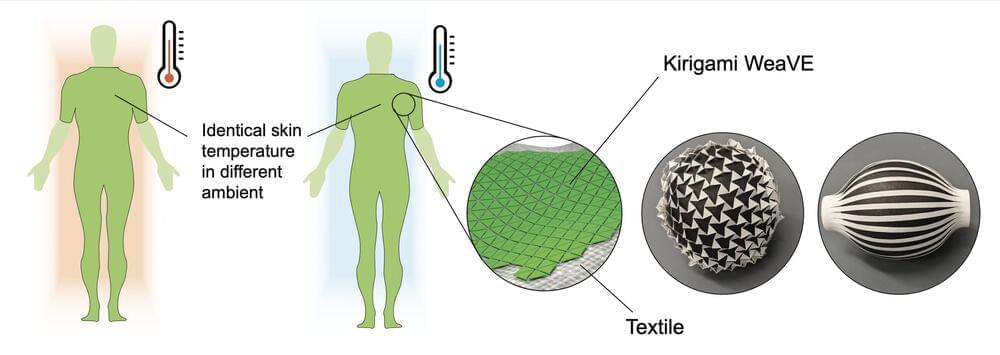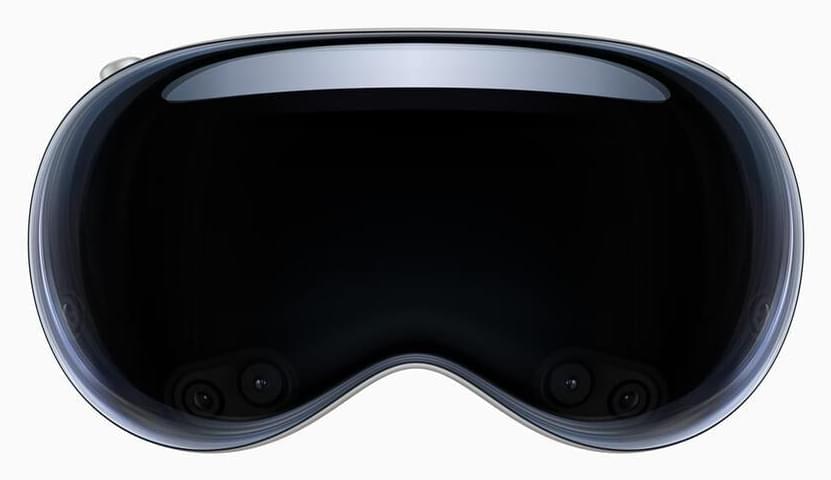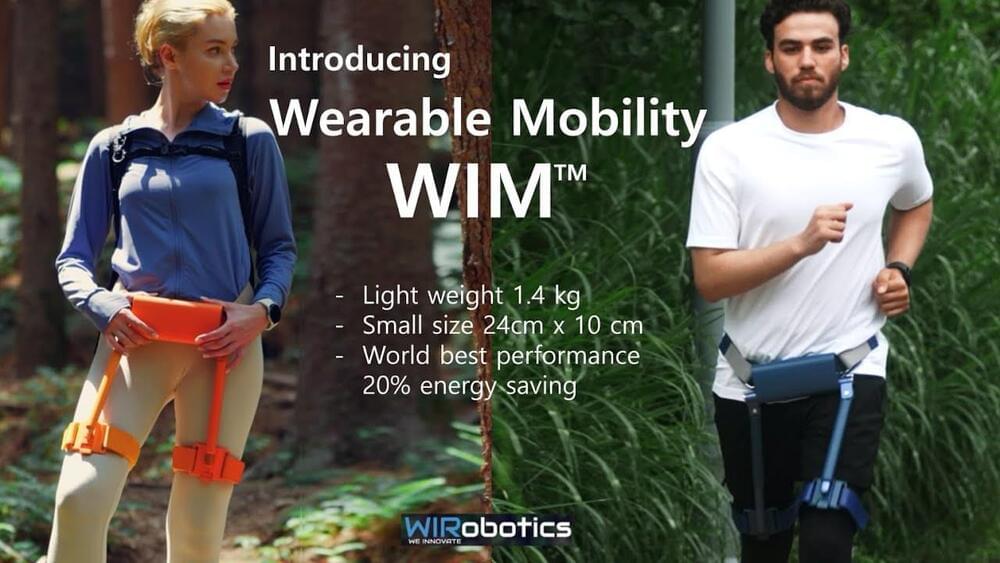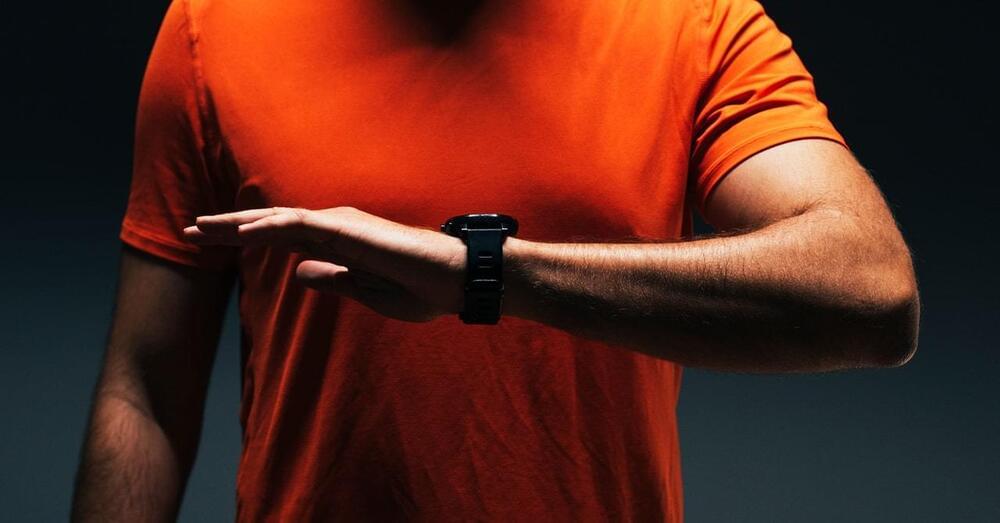Jun 15, 2023
A Conductive Self-Healing Hydrogel to Create Flexible Sensors
Posted by Shubham Ghosh Roy in categories: biotech/medical, robotics/AI, wearables
Recent advancements in the field of electronics have enabled the creation of smaller and increasingly sophisticated devices, including wearable technologies, biosensors, medical implants, and soft robots. Most of these technologies are based on stretchy materials with electronic properties.
While material scientists have already introduced a wide range of flexible materials that could be used to create electronics, many of these materials are fragile and can be easily damaged. As damage to materials can result in their failure, while also compromising the overall functioning of the system they are integrated in, several existing soft and conductive materials can end up being unreliable and unsuitable for large-scale implementations.
Researchers at Harbin University of Science and Technology in China recently developed a new conductive and self-healing hydrogel that could be used to create flexible sensors for wearables, robots or other devices. This material and its composition was outlined in the Journal of Science: Advanced Materials and Devices.


















